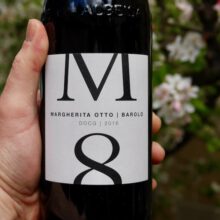
Product information
Margherita Otto ‘M8’ Barolo 2016
Nebbiolo from Serralunga d'Alba, Piedmont, Monforte d'Alba, Italy, Castiglione Falletto, Barolo
$295
Description
I rarely buy wine site unseen. In this case I couldn’t resist! The story and experience behind Allan Manley’s launch of his own venture has him working with a veritable who’s who of Barolo ending with Maria Theresa Mascarello where he still works. As you might expect he’s a proponent of blended Barolo vs single cru. I can’t wait to wrap my laughing gear around a tube of his ‘M8’ Barolo. With a name like that you might think he was on Aussie not a Yank … mate!
Margherita Otto is an estate to watch.
Galloni
Only 2 left in stock

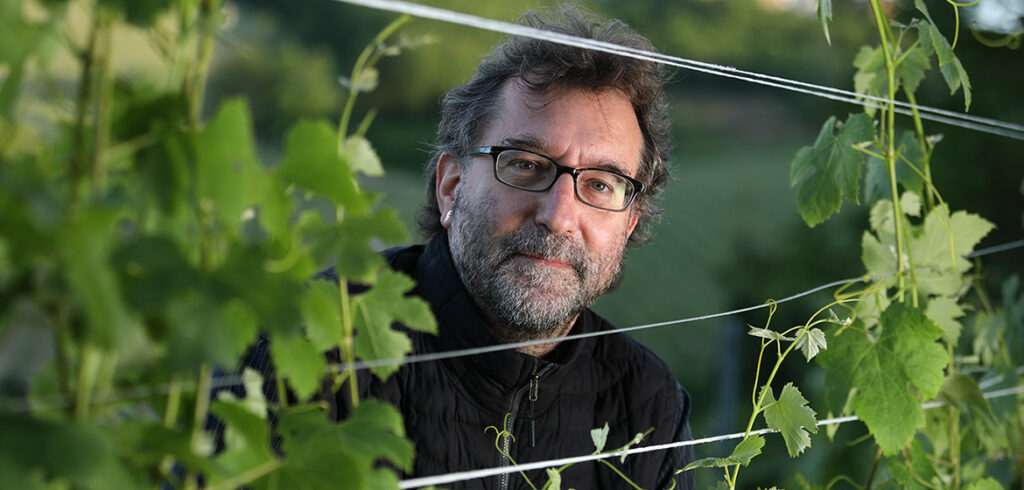
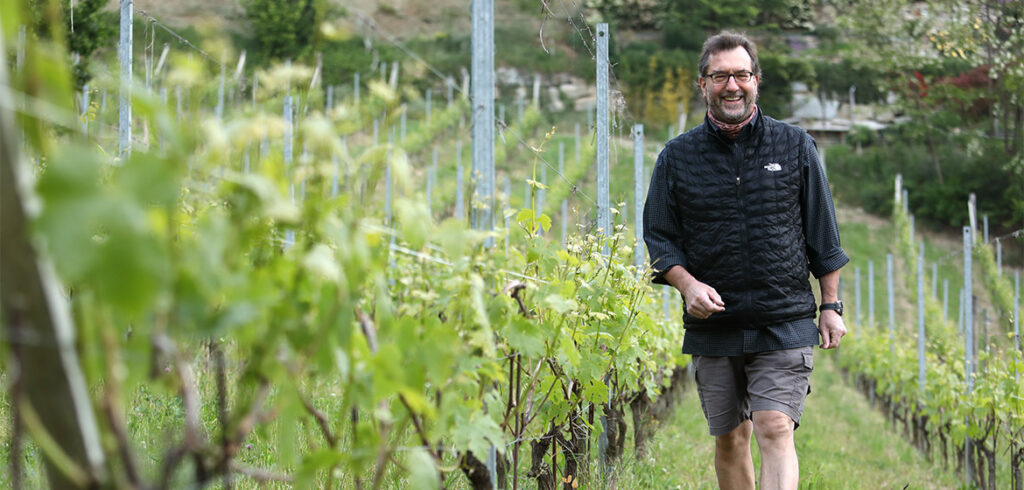
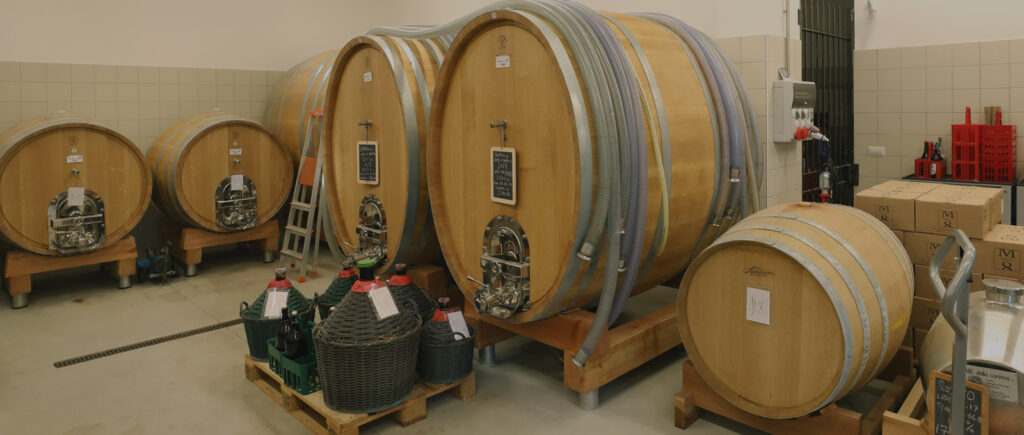
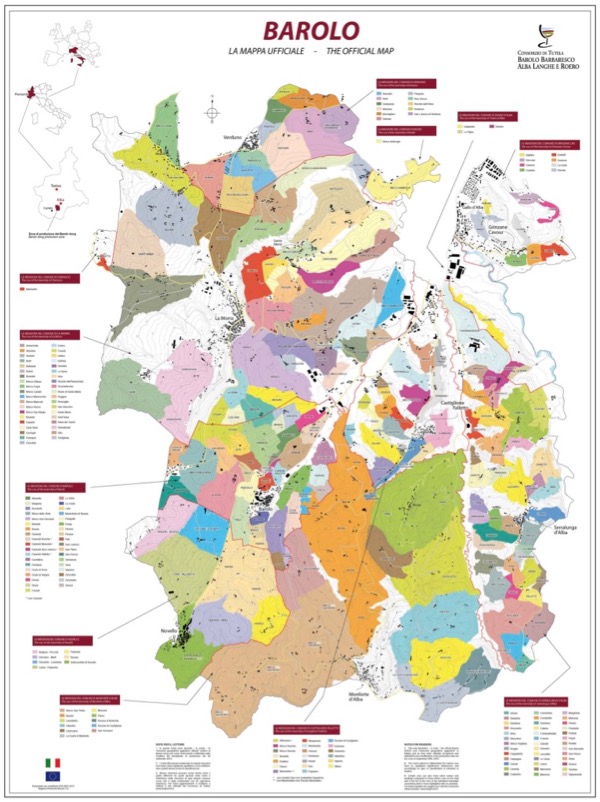
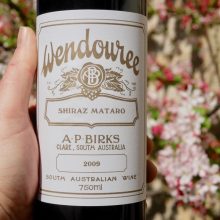
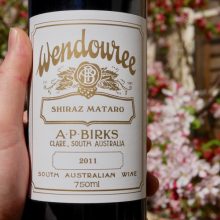
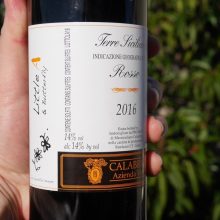
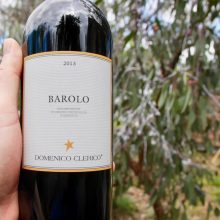
You must be logged in to post a comment.